Expansion of Sports Infrastructure
The expansion of sports infrastructure across South America significantly influences the artificial turf market. Governments and private entities are investing heavily in sports facilities to promote physical activity and host international events. This investment is likely to drive demand for high-quality artificial turf, particularly in stadiums, training grounds, and recreational areas. For instance, the construction of new sports complexes in Brazil and Argentina has led to an increased need for durable and versatile playing surfaces. The artificial turf market is expected to benefit from this trend, as it provides a reliable solution that meets the rigorous demands of various sports. Additionally, the potential for artificial turf to withstand diverse weather conditions makes it a preferred choice for outdoor sports facilities, further solidifying its market position.
Rising Demand for Low-Maintenance Solutions
The artificial turf market in South America experiences a notable increase in demand for low-maintenance landscaping solutions. As urbanization accelerates, municipalities and homeowners seek alternatives to traditional grass that require less water and upkeep. This trend is particularly pronounced in arid regions where water scarcity is a pressing concern. The artificial turf market is projected to grow as consumers recognize the long-term cost savings associated with reduced maintenance and water usage. In fact, studies indicate that artificial turf can reduce water consumption by up to 70%, making it an attractive option for environmentally conscious buyers. Furthermore, the durability of artificial turf, which can last over a decade with proper care, enhances its appeal, suggesting a shift in consumer preferences towards sustainable landscaping options.
Government Support for Sustainable Practices
Government support for sustainable practices is emerging as a key driver for the artificial turf market in South America. Various governments are implementing policies that encourage the use of environmentally friendly materials in construction and landscaping. This support often includes financial incentives for projects that utilize artificial turf, particularly in public spaces and sports facilities. As municipalities aim to reduce their carbon footprint, the adoption of artificial turf is likely to increase. The artificial turf market could see a growth rate of approximately 12% as local governments prioritize sustainability in their development plans. Additionally, partnerships between government bodies and private companies may facilitate the introduction of innovative turf solutions, further enhancing market dynamics.
Increased Awareness of Environmental Benefits
There is a growing awareness of the environmental benefits associated with artificial turf, which is positively impacting the artificial turf market in South America. As climate change concerns rise, consumers and businesses are increasingly looking for sustainable alternatives to natural grass. Artificial turf eliminates the need for harmful pesticides and fertilizers, contributing to a healthier ecosystem. Moreover, its ability to conserve water aligns with the region's sustainability goals, particularly in areas facing water shortages. The artificial turf market is likely to see a surge in adoption as educational campaigns highlight these benefits. Reports suggest that the market could expand by over 15% annually as more stakeholders recognize the ecological advantages of artificial turf, positioning it as a viable solution for environmentally conscious landscaping.
Technological Innovations in Product Development
Technological innovations play a crucial role in shaping the artificial turf market in South America. Advances in manufacturing processes and materials have led to the development of more realistic and durable turf options. Innovations such as improved drainage systems and UV-resistant fibers enhance the performance and longevity of artificial turf, making it a more attractive choice for consumers. The market is witnessing the introduction of products that mimic the look and feel of natural grass, which could potentially increase consumer acceptance. Furthermore, the integration of smart technologies, such as temperature regulation and self-cleaning features, may revolutionize the industry. As these innovations continue to emerge, the artificial turf market is expected to expand, catering to a broader range of applications and consumer preferences.


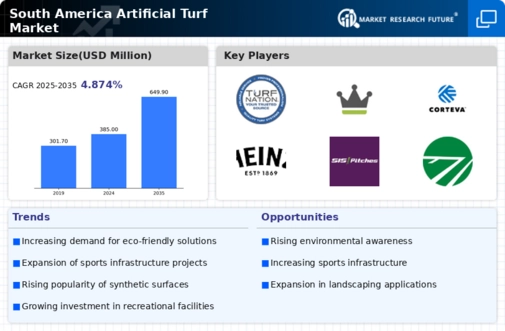

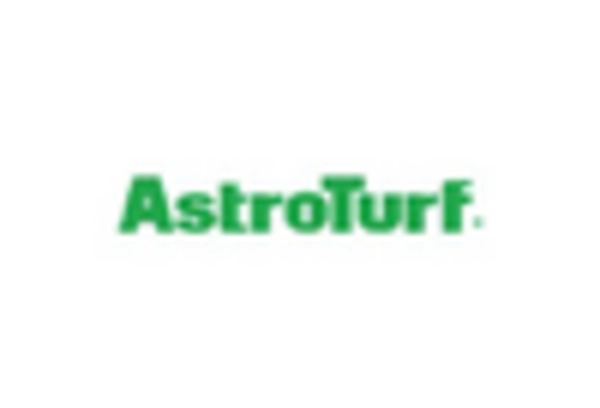

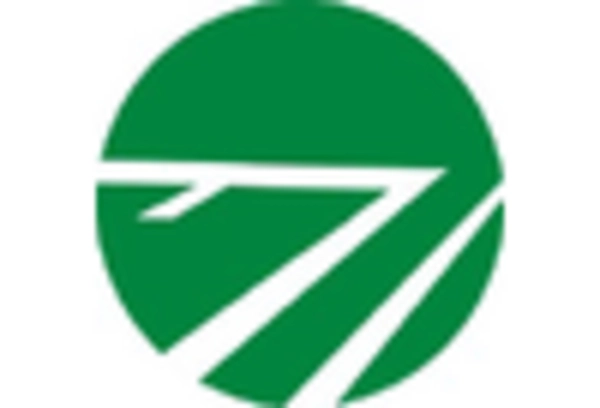
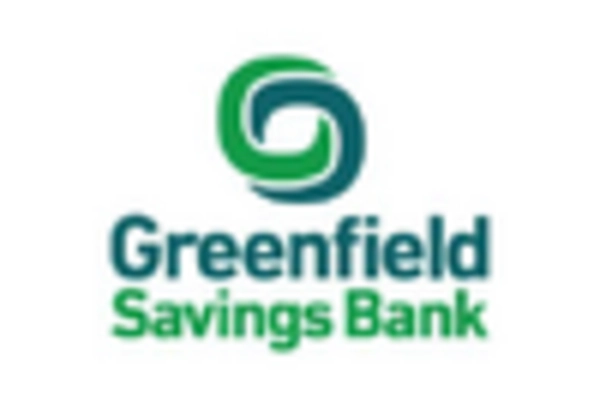
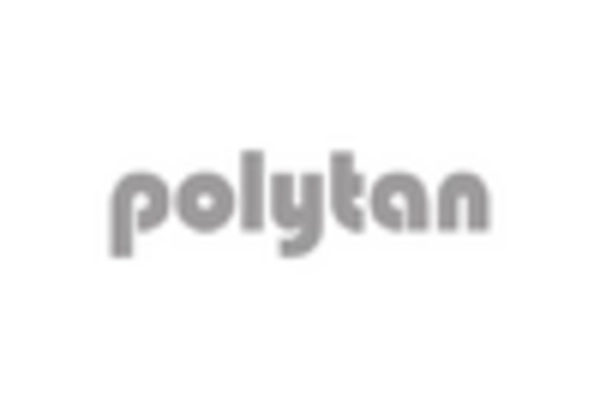
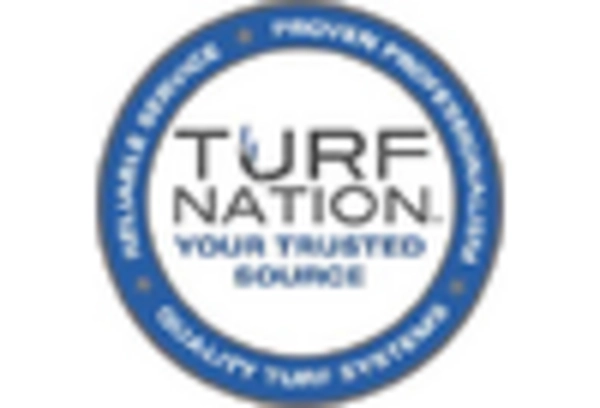








Leave a Comment